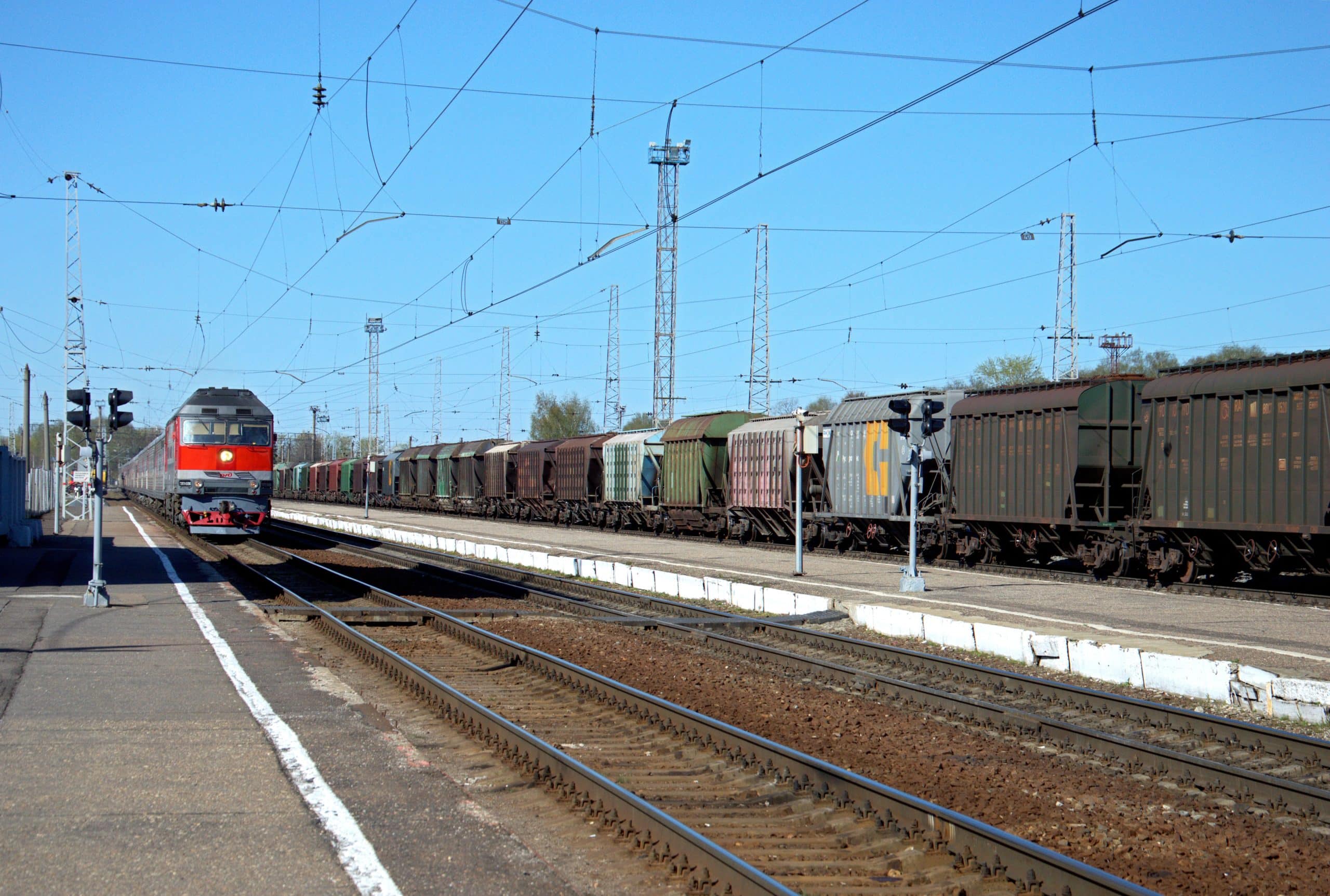Once upon a time, rail freight was the premier way to move goods across the country and across Europe. But for the last 70 years, the service has been in decline. With improving road networks and truck performance, and the customer emphasis on speed, rail has fallen out of fashion. For many, rail freight isn’t even a consideration. But with the threat of recession and continued economic and political uncertainty, now could be the time to review and revise your business’ expenses. And rail freight could be one way to help you cut costs.
Five Things You May Not Know About Rail Freight
You can move almost any kind of freight by rail
Whether you deal in raw materials or finished goods, you can almost certainly move them by rail. You can even move dangerous goods by rail, as long as you work within the stated legislation. The only things you shouldn’t really ship by rail are living creatures (including people). And if you’re shipping goods in large quantities, rail freight is usually the most economical solution.
You don’t need a warehouse by the rail lines
This is probably the greatest misconception about rail freight. It doesn’t need to travel door to door by rail to be cost effective. If you work with a freight forwarder, they can organise for your goods to be collected from your warehouse, transported to the relevant rail depot by road, carried by rail to the station nearest its final destination, and collected by truck to complete its final journey. The process is simple and efficient. And your freight forwarder will deal with all the logistics and the paperwork.
You can ship to almost anywhere in the UK and Europe via rail
There are very few places in the UK or Europe where rail freight isn’t a viable option. This means that if you’re trying to find the most cost-effective way to move a high volume of goods, rail is always worth considering. If you’re working with a lower volume, then groupage may be a better option.
Rail freight usage is already beginning a slow recovery
Between June 2021 and June 2022, rail freight increased by 8.8%. Seeing the UK’s rail networks moving 3.95 billion net tonne kilometres of goods. This is no doubt partly because more businesses are trying to reduce costs by changing their preferred transportation method. But also, because freight forwarders are making it easier for businesses to get the best rail freight service with minimal effort.
Rail freight is greener
While cost is high on everyone’s agenda right now, most brands are also turning their attention to sustainability. And every ton of freight on the rails reduces carbon emissions by 76% compared to road haulage. In fact, rail freight removes the need for about 7 million lorry journeys a year. And while rail freight is not a viable alternative to all kinds of road transportation, it can help in a range of circumstances.
Rail freight won’t be the answer for every haulage requirement. It’s not always the fastest solution. And it doesn’t always make sense if you’re dealing with lower volumes of goods. But if you’re trying to find a cheaper freight solution while still benefiting from reliability and quality service, it may be worth talking to your freight forwarder about your rail freight options.
Get in touch with Plexus Freight to discuss your freight needs.


